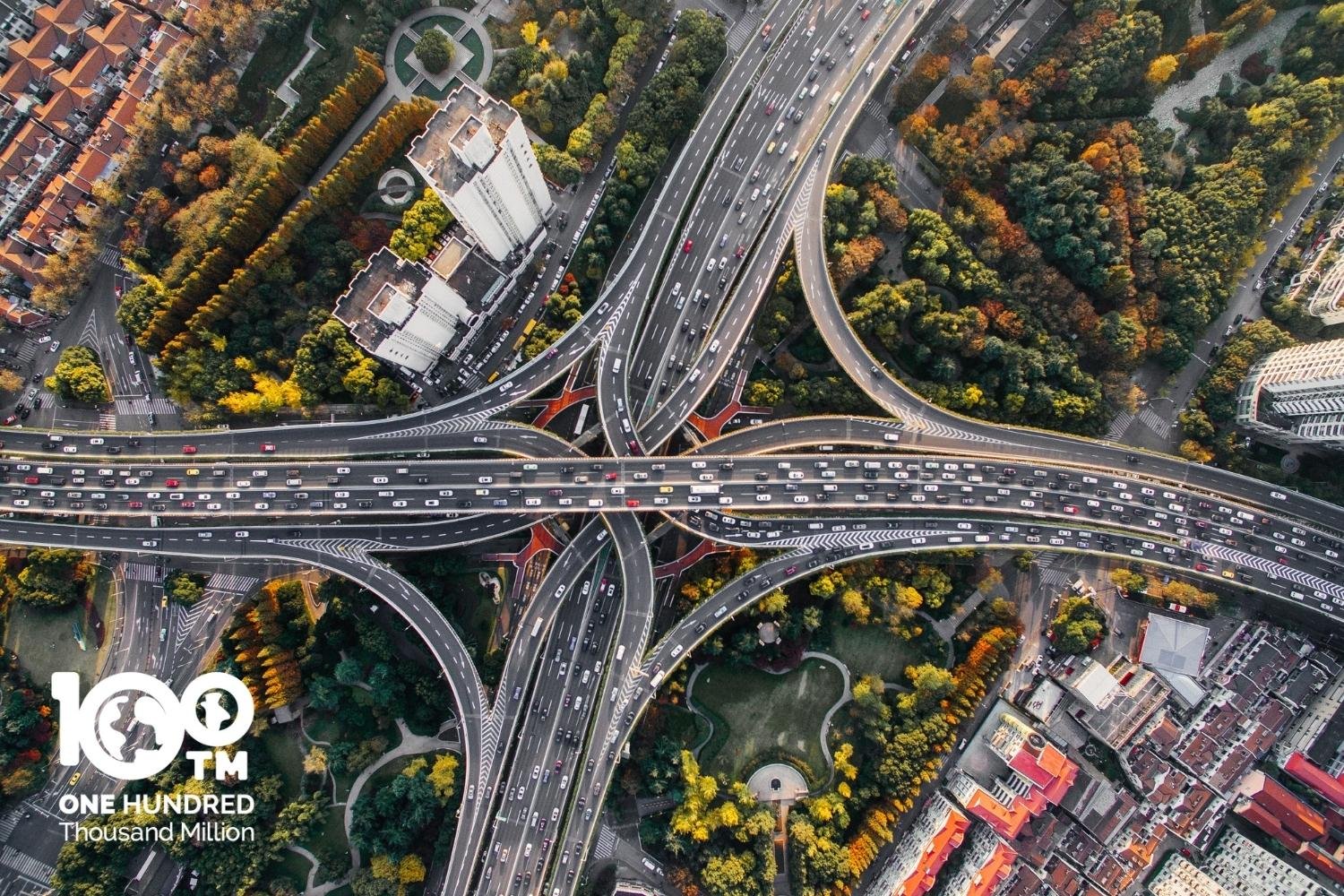Throughout human history, the sudden availability of certain technologies changed the possibilities at hand for human beings and became an essential factor in individual decisions. For example, with the invention of agriculture, collecting food every day was no longer necessary. A similar phenomenon has happened countless times during the history of humankind, with innovations like the steam engine, vaccines, and the automobile, among many others.
The cumulative impacts of technological change have produced immense changes in how we live, shaping society along the way. Many innovations are relevant, but few are as crucial for our current situation as the automobile, the telephone, and synthetic saltpeter. The combined effect of these three revolutionary technologies changed cities by allowing for an extraordinarily rapid expansion phase.
At the end of the nineteenth century, most cities were more like a group of villages.
Everything necessary to survive on a day-to-day basis had to be available nearby, and it was not uncommon for families to have a small orchard and raise animals at home. Likewise, certain services also had to be nearby, like a doctor. Except for extraordinary circumstances, people did not travel far to the doctor urgently because it could be too late already by the time they arrived, or worse, the doctor may not even be there at that time.
All of this changed when we could call on the phone to schedule a visit in advance and then get around quickly and easily. The same effect allowed people to move to live in remote locations without losing contact with family and friends. At the same time, the invention of synthetic saltpeter allowed an increase in the productivity of agricultural soils by allowing the fertilization of large areas without depending on the feces of animals (with city horses being a critical source) for nitrogen supply.
The combination of those three technologies permitted the rapid replacement of horses with automobiles, which gradually became more necessary as cities expanded. Likewise, the real estate business benefited from building on lower-cost land, accompanied by a telephone industry essential for people to agree to live in those more remote areas. This new scenario configured a powerful “lock-in” of mutual reinforcement between technologies and ways of life, which determined how cities produced and supplied themselves with water, energy, food, and transport.
All of this happened in the context of abundant energy generated by fossil fuels, an essential element to produce electricity, fertilizers, and power all sorts of machines, including farming equipment.

Climate change was not yet on the radar when this model began. Few suspected that car emissions and other uses of fossil fuels would have a global impact a century later. Today we know that this way of inhabiting the planet is one of the most significant contributors to global warming due to CO2 emissions and the excessive consumption of other resources. We are trapped in a complex network of energy-consuming processes that are individually optimized for short-term efficiency and profitability but that, when taken as a whole, are inefficient and cost more.
It is difficult to get out of this vicious cycle by acting on one dimension at a time, as each investment on its own would lose money. For example, powering a neighborhood with 100% renewable energy sources and battery storage will be more expensive than connecting to the existing grid.
This is where 100 Thousand Million comes into play. By designing cities from scratch, using cost-effective, proven technologies, and taking advantage of the flexibility of choosing where to build, we can bring down the energy dependence to a sustainable level in the long term.
We are creating a new, more efficient lock-in for city development – with sustainability and profitability going hand in hand – paving the way for a significant change in CO2 emissions.
It is difficult to get out of this vicious cycle by acting on one dimension at a time, as each investment on its own would lose money. For example, powering a neighborhood with 100% renewable energy sources and battery storage will be more expensive than connecting to the existing grid.
This is where 100 Thousand Million comes into play. By designing cities from scratch, using cost-effective, proven technologies, and taking advantage of the flexibility of choosing where to build, we can bring down the energy dependence to a sustainable level in the long term.
We are creating a new, more efficient lock-in for city development – with sustainability and profitability going hand in hand – paving the way for a significant change in CO2 emissions.
